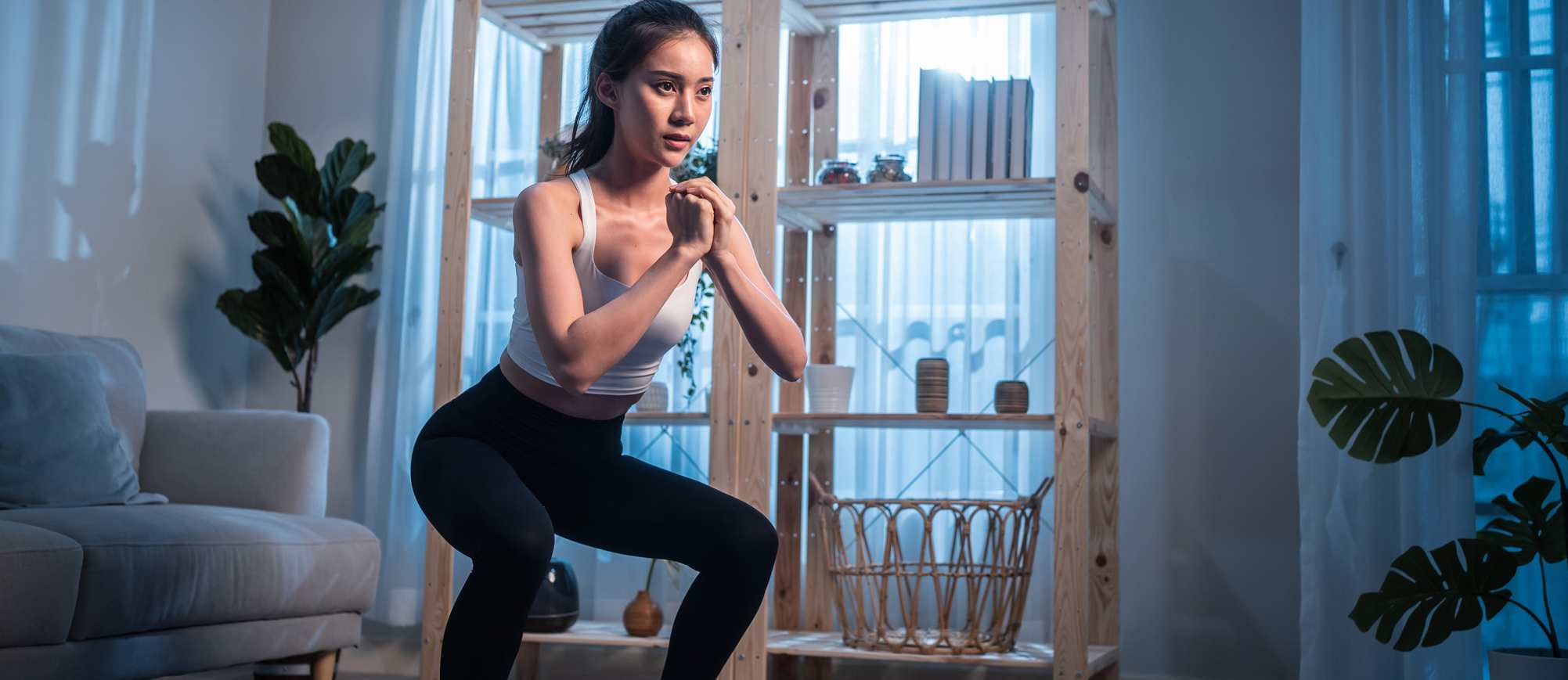How can lighting improve your health? In a number of ways, it turns out…
Taking your health lightly isn’t recommended. Putting some light into your health, however…
Unless you have vampire heritage, you’d be hard pressed to argue with the fact that natural light makes us feel pretty good.
All you have to do is open the window to sunlight and your mood positively changes (OK, not you, Mr Dracula).
Besides improving your mood and warding off stress and anxiety, natural light has several health benefits, from boosting Vitamin D in your body to improving your sleep at night.
But what about artificial illumination? People are exposed to artificial light daily — at home, at work, on the streets and through digital devices. So, when is artificial light beneficial for our health?
Experts say it depends on the quality of lighting that you are exposed to and at what time of the day. Poor quality lighting can negatively impact your health, like giving you eyestrain when you’re trying to read in high-intensity lighting. Or, it can enhance your health, such as when you get enough light to ward off depression and sadness.
There’s certainly a lot more to light than simple illumination.
How lighting is being used for health benefits
Besides using lights for, well, light, research and innovation in lighting has led to a number of applications for treatments and therapies.
Light therapy is one of the most prominent uses of artificial light for human health. Also known as phototherapy, the treatment involves exposure to a light box or lamp of 2500 to 10000 lux for 30 minutes every morning to compensate for less light during winter and in low light seasons, which can contribute to depression in some people – also known as Seasonal Affective Disorder (SAD).
Light aligns your biological clock to the circadian rhythm of your body – your internal sleep-wake cycle in a 24-hour period – which regulates sleep, digestion, hormonal activity, and other biological functions.
But when your circadian cycle is out of whack because of seasonal changes in daylight, it can affect your mood and can cause anxiety, sleepiness, and depression, which can escalate to other health issues.
Lighting your mood
Incredibly, recent scientific discoveries have found that in addition to setting your circadian clock, light affects other parts of the brain involved in mood regulation and cognition.
Light has been found to boost mood-regulating chemicals like serotonin, which regulates anxiety, making light therapy an effective treatment for seasonal depression, as well as for non-seasonal depression, like perinatal depression.
Melatonin, a hormone secreted by the pineal gland, is a key component of the human circadian system. Light suppresses melatonin, keeping you alert during the day, while low light increases melatonin, causing drowsiness at night.
But for night shift workers, this can be a problem. They not only experience loss of sleep but also a misalignment of their circadian cycle, which can lead to other health problems, including depression. It also impacts their alertness and performance at work.
Several studies show that exposure to intermittent bright light can help these workers adjust to night shift work by adapting their circadian rhythms.
This is where modern lighting technology with human-centric design is incredibly valuable. These systems – particularly those with LEDs – are flexible, and the lighting can be adjusted to meet the circadian cycles of night shift workers, as well as that of day workers.
Can light cure headaches?
For these same reasons, optimised lighting (a combination of daylight and artificial lighting sources) is effectively used in healthcare settings too. Studies have shown that good lighting reduces recovery time, improves sleep and mood, and reduces pain in patients.
Unlike other types of light, LEDs do not contain ultraviolet rays and are considered safe for light therapy for the skin. Using varying wavelengths and visible colours, including red and blue light, LED lights are used to treat skin concerns including acne, sun damage, hyperpigmentation, and wrinkles. It is also a safe way to speed up healing for burns, wounds, scars, and surgical incisions.
The effects of LED light therapy have been clinically studied and essentially, it comes down to this: LED lights stimulate cellular activity, including collagen production and other factors that positively impact the skin.
Emerging research also suggests that green LED light can help alleviate migraines and headaches – however, further investigation is needed to determine if green light therapy is a viable option. Now that’s interesting.





Comments (0)
Write a Comment